
Dark Souls: Remastered by QLOC is the definitive version of FromSoftware’s modern classic available to play right now. It contains the complete original game and its expansion “Artorias of the Abyss” in a single, touched up package. Those who have never played the original game before have the opportunity to experience it with the best visual quality and performance the game has yet received. That said, there are only small perks for veteran players to find here. The majority of the changes outside of graphics are quality of life improvements and updates to multiplayer that bring the game more in line with the later Souls games.
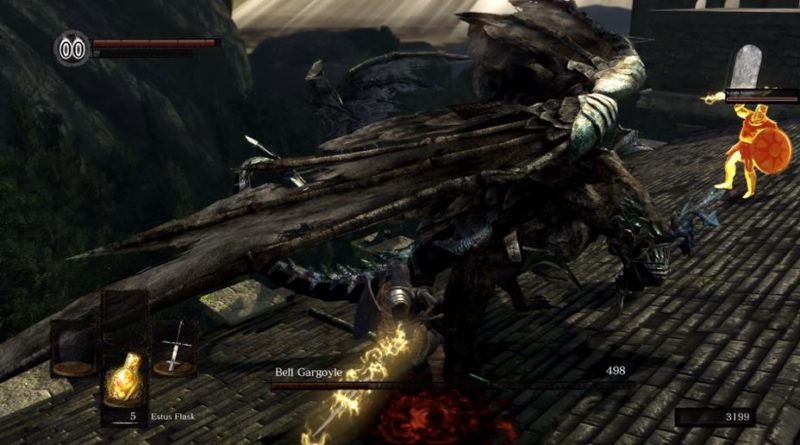
Dark Souls is something of a symbol for hardcore gaming in the modern age of video games. It’s a game where patience, caution, and the acquisition of knowledge determines success as much as quick reactions do during combat. Every enemy in the game is designed around different patterns of attacking and retreating; learning these patterns is key to exploiting enemy defenses while keeping yourself alive. The game is sparing on tutorials, delivering a few lines of advice about the controls and the basics of combat and healing in its first few minutes. After that, you’re mostly left on your own to persist and learn how to succeed.
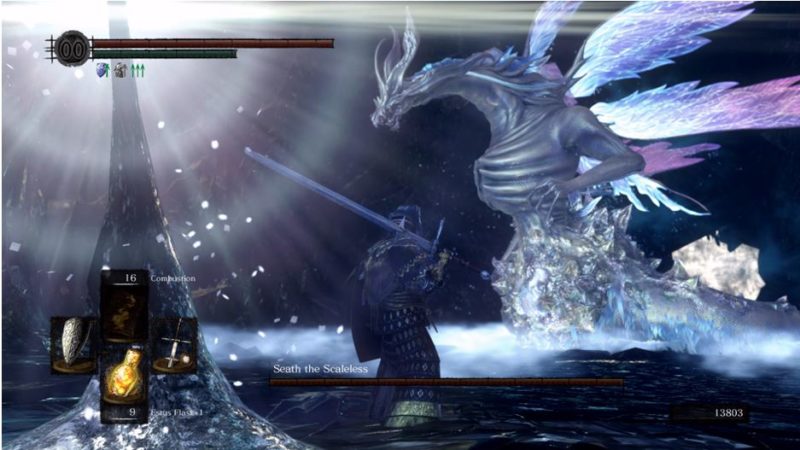
The visual upgrade does look excellent. Spells, miracles, and flames look particularly great and pop out. Compared to the original game, Dark Souls: Remastered handles shadows better, casting several areas in much more oppressive darkness. Some will still frown on QLOC and FromSoftware for not going far enough with the graphical improvements. This will mostly be a problem of individual expectations, especially after BluePoint Games delivered their stunning update to Shadow of the Colossus on PS4 earlier this year. But Shadow of the Colossus was a complete “remake” as opposed to the much more conservative remastered editions of games that we’ve been seeing throughout this console generation. On this point the art direction of Dark Souls still looks fantastic in 2018 thanks to the freshened up visuals of this remastered edition.

Perhaps the biggest point of debate with Dark Souls: Remastered is the question of whether the game should have been simply remastered or remade entirely. There’s no disputing that the original version of Dark Souls had performance and visual issues, especially on PC where the fan-made mod “DSFix” was a mandatory addition for anybody who wanted a decent experience. From that perspective this remaster was badly needed for those players. The updates to multiplayer functionality, like dedicated servers and a higher player count for summoning in co-op and PVP, sweeten the package a little more for everybody. But there are more serious issues with Dark Souls as a game that cannot be solved by texture, performance, or multiplayer improvements alone.
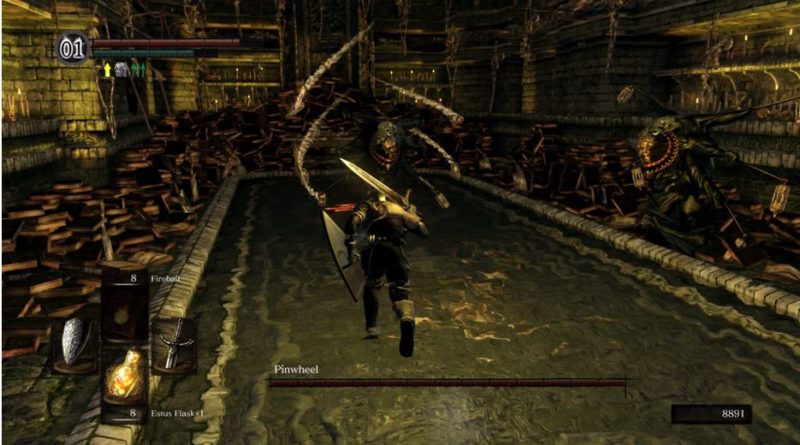
Dark Souls has terrific pacing, level design, and boss battles during its first two-thirds. While it’s rare that the game outright instructs you on how to succeed, many of its environments and enemy placements do a great job of teaching players through gameplay. This hands-off approach is a big part of how Dark Souls gained its loyal fanbase; the developers rarely worry themselves over whether players will be able to learn and win without guidance. However, some of the later areas of Dark Souls lack the polish and intricate design found in earlier areas. This isn’t a visual or performance problem but a general game design issue.
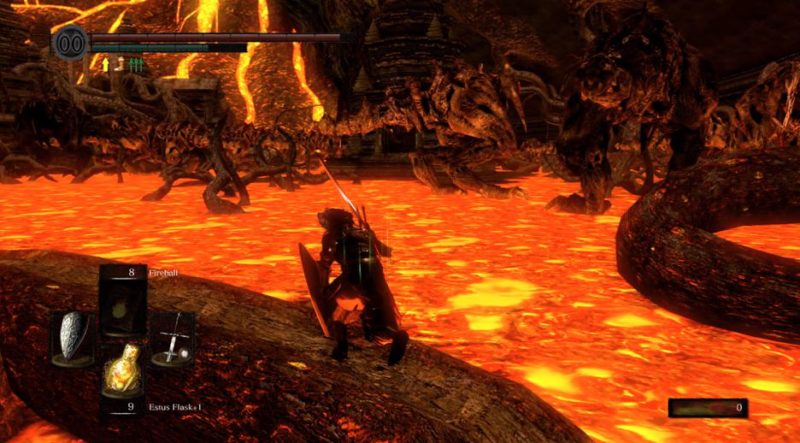
Large sections dedicated to some of the most important bosses of the game’s universe are oddly spacious and/or linear compared to the more sophisticated architecture of earlier sections. Lost Izalith was notorious in the original Dark Souls for being little more than a large field of lava populated with several copies of a couple enemy types. It’s hard not to see the choice to leave this area completely untouched aside from a visual touch up as an argument against remastering the game when a remake could have improved the experience considerably.
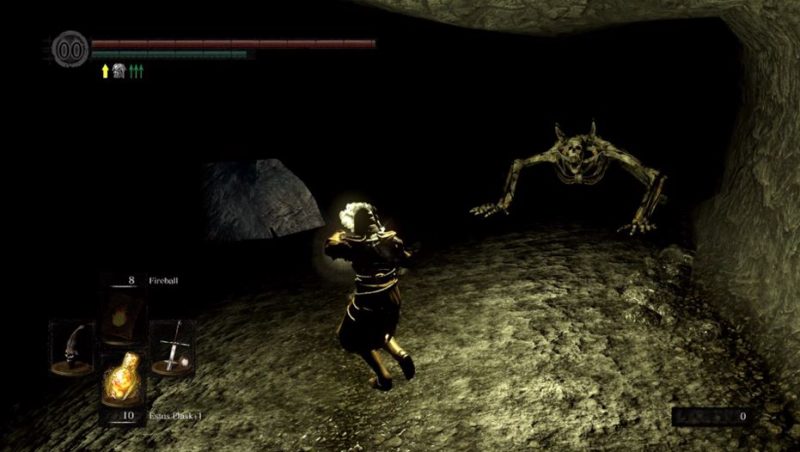
While less weak compared to Lost Izalith, the New Londo Ruins, Tomb of the Giants, and even the otherwise clever and puzzle-like Duke’s Archives gradually slip away from inspired level design and thoughtful challenges. The last third of the game frequently sticks the player on a path through a gauntlet of one of two repeated enemy types. The heavy emphasis on swarming the player with mobs of strong enemies lacks the fun and variety of the first two-thirds of the game. The natural instinct is to just try sprinting past all the enemies to reach the next bonfire or boss and escape the tedium of fighting through everybody in the way, but this works against the atmosphere and patient, methodical gameplay that makes the rest of the game so enjoyable. A particularly ambitious remaster could have tried addressing this staleness. But since this slump in the pacing and experience of Dark Souls is retained in Dark Souls Remastered, it hurts the appeal, nicer textures and quality of life changes or not.
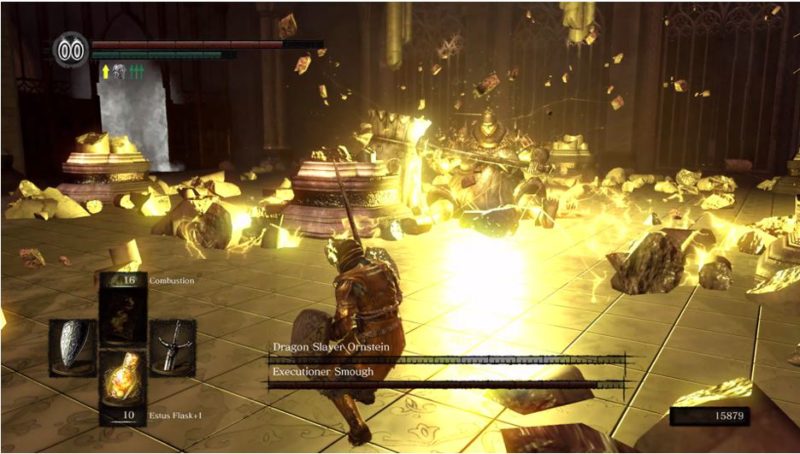
A few older bugs and glitches exist in Dark Souls: Remastered from the original PC release. A few textures shimmer oddly or clip through the environment, particularly at a distance. The game also has a tendency to stutter randomly for a half second even if nothing significant is happening on screen. This stutter didn’t exist at launch, curiously, but during the playthrough for this review QLOC introduced a new patch that began giving a segment of players performance issues. As of this review’s publishing the irregular stuttering has not been addressed by QLOC.
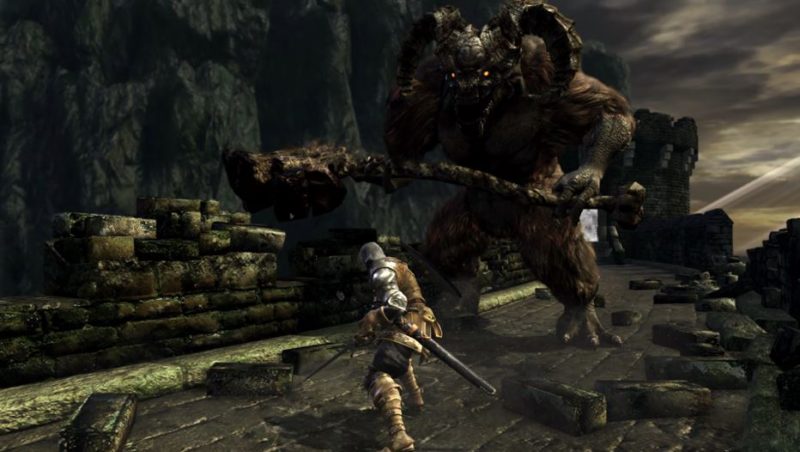
There’s a vocal outrage within the game’s PC community currently due to some cheaters and a few hackers using exploits that were present in the original version of the game. During the playthrough for this review no obvious cheaters or hacking exploits were encountered during PVP or cooperative play online. Whether a player will encounter or not encounter unsavory individuals online cannot be predicted, but it’s disappointing that QLOC has not taken measures to correct long documented issues for added security.
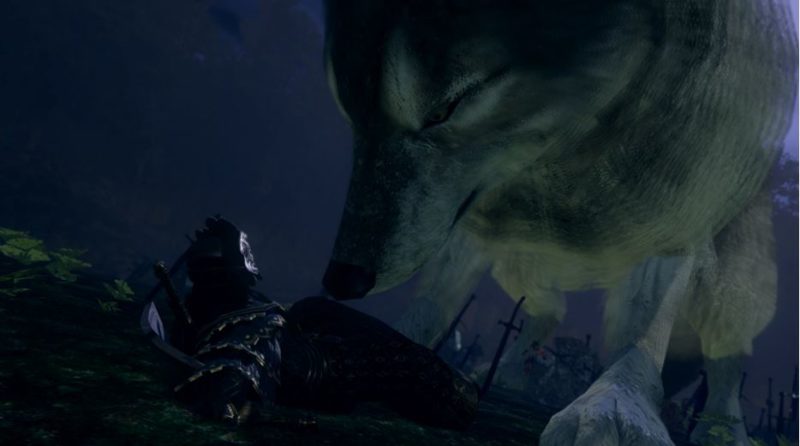
The ultimate question is whether Dark Souls Remastered is worth buying or not. As a complete package of the original game and its DLC, visually touched up and given improved performance, this is the best version of Dark Souls available for a new player. Even with its flaws, some returning from the original version, the game is remarkably well designed, challenging, and fun the majority of the time. For an owner of the original Dark Souls, though, this remaster is a tough sell. Past console players will appreciate the updates, but PC owners less so as they already had access to fan mods to improve performance and graphics on the original release. Dark Souls: Remastered looks and runs much better on PC than the modded up original, but it’s not so amazing that veterans will need to double dip for it without a discount/sale first.
8.5/10
Check Out the Dark Souls: Remastered Launch Trailer:
Dark Souls: Remastered is available for PC for $39.99 via Steam.
PC Review
-
Overall Score - 8.5/108.5/10
I've been gaming for 22 years, ever since my mom picked up a secondhand NES, and I've played on just about every gaming platform out there since. I think video games are one of most innovative and artistic mediums in the world today, and I'm always curious how developers will surprise me next.

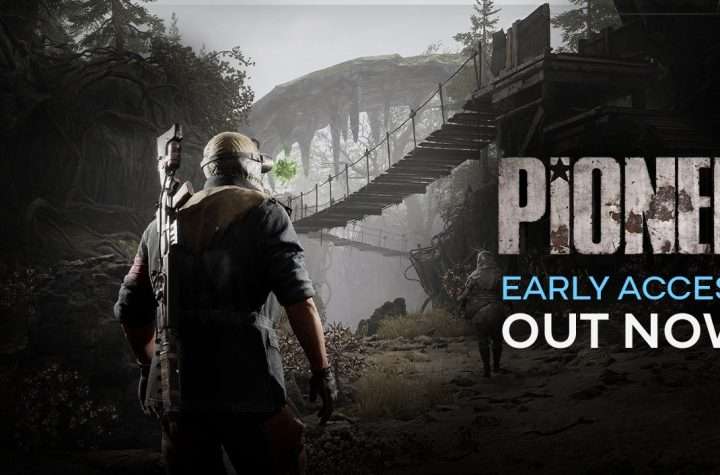
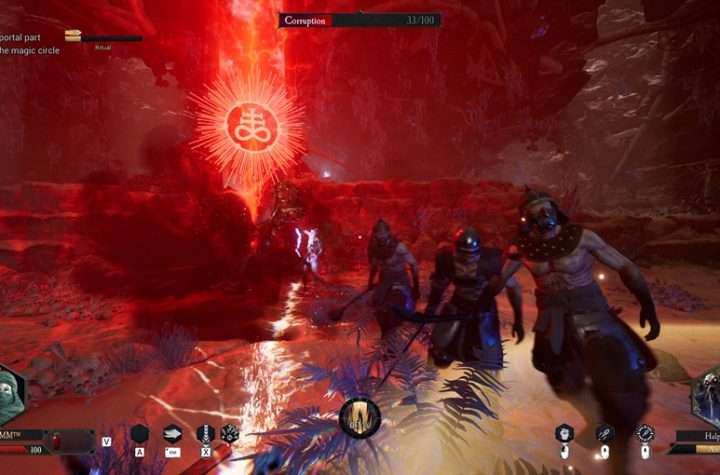


More Stories
Highly Anticipated Post-Apocalyptic MMO FPS, PIONER, Launches on Steam Early Access
DAIMON BLADES Preview for Steam Early Access
ReStory Preview for Steam